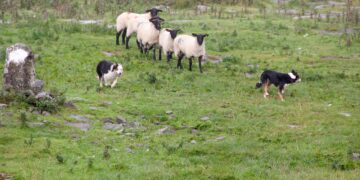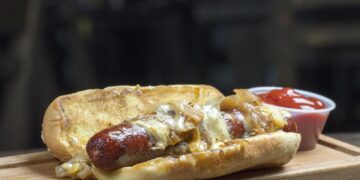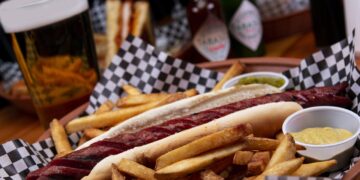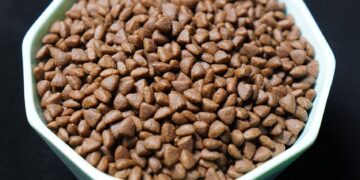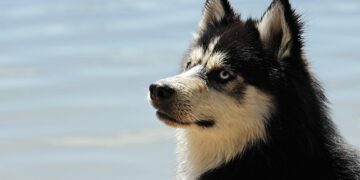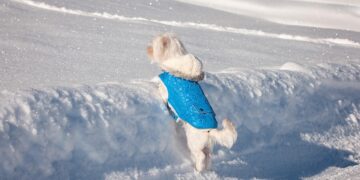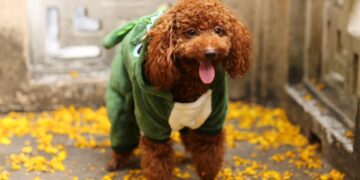Top Choices for the Best Food for Older Dogs with No Teeth: What You Need to Know
As our beloved canine companions grow older, their dietary needs change, and sometimes, due to various health issues including tooth loss, the texture and type of food we offer must adapt. Feeding older dogs who have no teeth or very few teeth can seem challenging, but it can also be a rewarding experience as you watch your pet continue to enjoy their meals comfortably. This guide will dive into the best food options for toothless senior dogs, ensuring they receive the nutrition they need while accommodating their dental limitations.
Understanding the Dietary Needs of Toothless Senior Dogs
Before choosing the best food for your older dog with no teeth, it’s crucial to understand a few key points about their specific dietary requirements. As dogs age, their metabolism slows down, and they may become more sedentary. Coupled with the lack of teeth, this means the food they consume needs to be easy to eat and digest, yet nutritious enough to sustain their health.
Nutritional Requirements
Senior dogs generally require a diet that is lower in calories but rich in high-quality proteins and easily digestible fats to help maintain muscle mass and support joint health. Fiber is also important to aid digestion and prevent constipation, which older dogs are more prone to experiencing.
Texture and Consistency
The absence of teeth makes chewing difficult, hence, the texture of the dog food is paramount. Soft, wet foods are ideal as they allow for easy consumption and digestion. This doesn’t mean the food has to be devoid of any texture, but it should be tender enough to require minimal effort on your dog’s part.
Best Food Choices for Older Dogs with No Teeth
Choosing the right type of food for your senior toothless dog can be the key to their happiness and health. Here are various options that tick all the boxes:
Canned or Wet Dog Food
Canned dog foods are generally moist and soft, making them excellent choices for dogs without teeth. They often come in various flavors and formulas tailored to the nutritional needs of senior dogs. Make sure to check the labels for high protein content and low sodium, and choose products specially formulated for seniors.
Commercially Available Soft Kibbles
While traditional dry kibble might be too hard for dogs without teeth, some manufacturers create softer, moist kibble designed for easier chewing and digestion. These kibbles often require adding a bit of water or broth to make them more palatable and softer in texture.
Homemade Meals
Preparing homemade meals for your dog allows you to control the ingredients and ensure the food is gentle on their gums and digestion. Suitable foods include finely ground or pureed cooked meats like chicken or turkey, mashed pumpkin or sweet potatoes, and soft, cooked vegetables. Always consult your veterinarian before switching to a homemade diet to ensure it’s nutritionally complete.
Dehydrated Dog Foods
Another excellent option for toothless dogs is dehydrated dog food, which needs to be rehydrated with water, making it soft and easy to eat. This option is often made with all-natural ingredients and can provide the wholesome nutrition that aging dogs need.
Practical Tips for Feeding a Toothless Senior Dog
Making mealtime comfortable for your senior dog with no teeth involves more than just choosing the right food. Here are some practical tips to enhance their dining experience:
– Maintain a routine: Feed your dog at the same times daily to help them anticipate mealtime, making feeding easier and more enjoyable.
– Keep food bowls clean: Ensure that the food and water bowls are always clean to avoid bacterial growth and encourage your dog to eat.
– Monitor meal times: Especially in the beginning, it’s important to observe your dog while they eat to ensure they are managing the food well and to check for any discomfort.
Addressing Common Concerns
Owners of older, toothless dogs often worry about whether their pets are getting sufficient nutrition. If your dog seems uninterested in food or is losing weight, consult with a veterinarian. They might recommend supplements or specific diets to help your pet thrive despite their dental issues.
Inspiring Real-Life Success Stories
Many dog owners have navigated the challenge of feeding a toothless dog with great success. For instance, Linda from Seattle switched her 12-year-old terrier, Max, to a soft homemade diet. Max not only gained weight but also his coat became shinier, and his energy levels improved. Stories like these underscore how a thoughtfully chosen diet can make a significant difference in the quality of life for senior dogs with no teeth.
Conclusion
Choosing the right food for an older dog with no teeth doesn’t have to be a daunting task. By understanding their unique nutritional needs and focusing on soft, palatable options, you can ensure your pet continues to enjoy their meals without discomfort. Always consult your veterinarian when making significant changes to your dog’s diet, and be patient as you and your furry friend adjust to this new stage of their life. Happy feeding!







